What is a Ceramic Multilayer PCB and How Does It Work
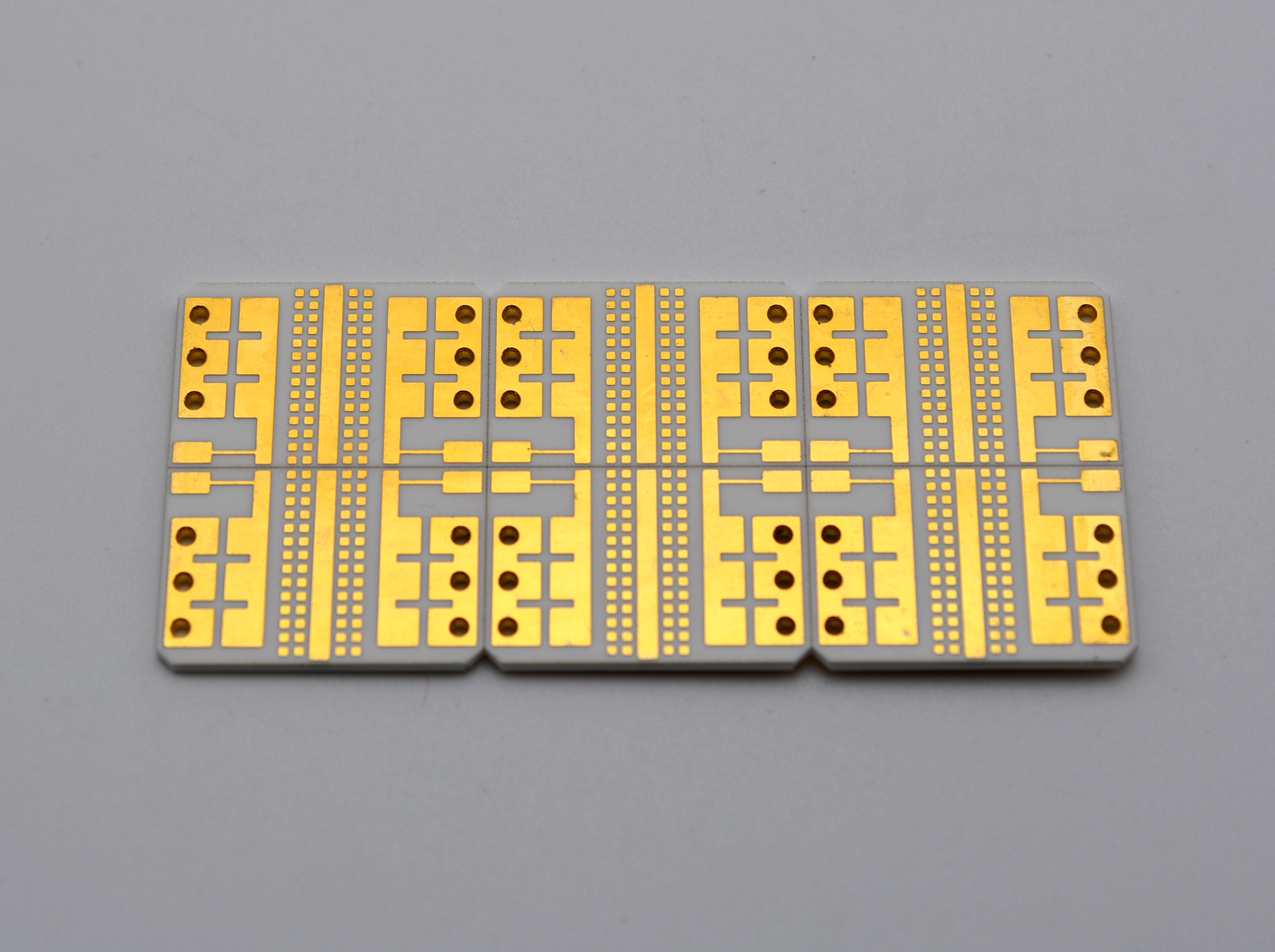
A ceramic multilayer pcb is a specialized type of printed circuit board that utilizes ceramic materials such as aluminum oxide, aluminum nitride, or beryllium oxide, layered with copper to create intricate circuits. These ceramic multilayer pcb solutions offer exceptional thermal conductivity, strong chemical resistance, and superior mechanical strength. The global demand for ceramic multilayer pcb products is rapidly increasing, driven by advancements in automotive, mobile, and electronic technologies. Ceramic multilayer pcb structures are highly effective at managing heat and safeguarding circuits in challenging environments. LT CIRCUIT employs advanced manufacturing techniques to deliver high-quality ceramic multilayer pcb solutions tailored to meet the needs of modern electronics.
Ceramic multilayer pcb:
Utilizes ceramics like aluminum oxide, aluminum nitride, or beryllium oxide.
Provides excellent heat dissipation and low electrical conductivity.
Offers enhanced resistance to chemicals and mechanical stress compared to standard PCBs.
Key Takeaways
Ceramic multilayer PCBs use special ceramic materials. These materials handle heat and electrical signals better than regular PCBs. This helps devices stay cooler and work more reliably.
The multi-layer design has exact copper paths and tiny vias. This lets complex circuits fit into small spaces. It also keeps signals strong and lowers interference.
Ceramic multilayer PCBs work well for high-frequency and high-power uses. They are good in tough places like cars, hospitals, and 5G technology. They give long-lasting performance and safety.
Ceramic Multilayer PCB Structure
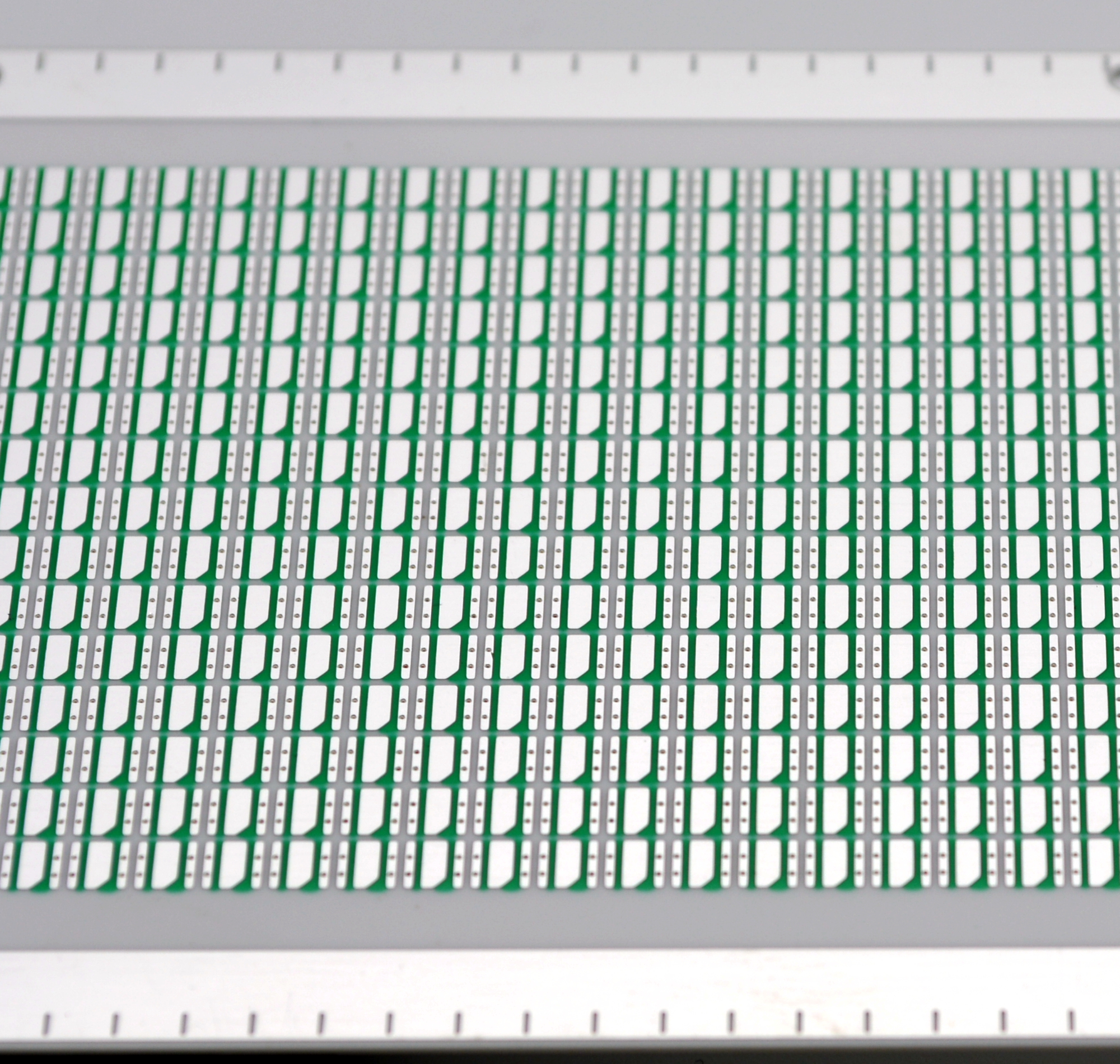
Key Materials
Ceramic multilayer pcb solutions use special materials for better performance. The most important part is the ceramic substrate. Makers pick materials like alumina, aluminum nitride, and beryllium oxide. Each ceramic has its own helpful features. These features help the pcb deal with heat, electricity, and stress.
Key Properties | Typical Applications and Notes | |
|---|---|---|
Alumina (Al2O3) | Strong mechanical strength, chemical stability, thermal conductivity ( | Used in automotive sensors, LED boards, medical circuits, sensor modules, and high-frequency devices. Reliable and cost-effective. |
Aluminum Nitride (AlN) | Very high thermal conductivity (170-220 W/mK), very low CTE, strong dielectric strength, high operating temperature (>350°C), chemical resistance, hermeticity, zero water absorption | Preferred for high power electronics, high current LEDs, lasers, and quantum computing electronics. Excellent for thermal management. |
Beryllium Oxide (BeO) | Extremely high thermal conductivity (about 9 times that of Alumina), better chemical stability than AlN, high electrical isolation | Used in high temperature or high-density pcbs where space is limited and efficient cooling is needed. |
Alumina is the most used ceramic substrate. It is not too expensive and works well. Aluminum nitride moves heat much faster. This makes it good for multi-layer pcb designs that need to cool parts quickly. Beryllium oxide moves heat even better but is not used as much. It needs special care when handled.
Copper layers are put on the ceramic substrate. These copper layers make the paths for electricity. They let electricity move between parts and connect the circuit. The mix of ceramic and copper helps ceramic pcbs handle heat and keep electricity safe.
Note: Picking the right ceramic substrate depends on what the application needs. Some need more heat control, some need more strength, and some need better insulation. LT CIRCUIT chooses the best ceramic for each multi-layer pcb project to get the best results.
Layer Design
Multi-layer pcb structures have many layers of ceramic and copper. Each layer does something special. Some layers carry signals. Others give power or act as ground planes. Stacking layers lets engineers fit more circuits in a small space.
Multi-layer pcb designs fit the most parts on one board. This means more electronics can go on a single board.
Designers can make very complex circuits. This is needed for things like smartphones and radar.
Shorter paths between layers help signals stay strong. This stops signal loss and interference.
Inside ground and power planes lower electromagnetic interference (EMI).
The multi-layer design helps make devices smaller and stronger.
The layers in a ceramic multilayer pcb connect with vias. Vias are tiny holes filled with copper. They link the layers together. This setup lets signals and power move easily through the board.
LT CIRCUIT uses advanced ways to build these multi-layer pcb structures. The company uses laser drilling to make precise vias. Laser Direct Imaging (LDI) makes accurate circuit patterns. Vacuum reflow soldering makes strong connections. Automated Optical Inspection (AOI) and X-ray checks look for problems and make sure layers line up. LT CIRCUIT follows strict rules like ISO 9001 and IPC certifications. This makes sure ceramic pcbs work well for tough jobs.
Following IPC standards and getting the right certifications makes sure ceramic pcbs are high quality and reliable for making and using them.
Ceramic multilayer pcb structures are the newest in circuit board technology. They use the best ceramic materials, smart layer design, and careful quality checks. This gives modern electronics great performance.
How Ceramic Multilayer PCBs Work
Electrical Performance
Ceramic multilayer PCBs use special materials and smart designs. They help electrical signals move fast and clear. Each layer in a multi-layer pcb has a job to do. Some layers carry signals. Other layers give power or act as ground planes. This setup helps the circuit do hard jobs and keeps signals strong.
Ceramic materials like alumina and aluminum nitride have unique electrical features. These materials give ceramic pcbs a high dielectric constant and a very low loss tangent. This means signals travel with less loss and less noise. Ceramic pcbs keep signals clear even at high frequencies. This is important for RF, microwave, and radar systems. Regular FR4 pcbs cannot work as well in these high-frequency places.
Ceramic pcbs have a higher dielectric constant than FR4. This helps control impedance.
Ceramic has a very low loss tangent. This makes it great for high-frequency microwave circuits.
Multi-layer ceramic pcbs lower signal loss and keep signals clear. This is true even when circuits are very complex.
HF laminates, including ceramic, control impedance better and make less electrical noise than regular materials.
The multi-layer design lets engineers make short, direct paths for signals. This lowers interference and helps the circuit work well. Ceramic substrate materials also insulate well. This stops signals from leaking between layers. That is why ceramic multilayer pcbs are best for high-frequency and high-power uses.
LT CIRCUIT uses new ways to make electrical performance better. Laser drilling makes tiny, exact vias that connect layers without problems. The company also uses special plating and fill choices to lower resistance in vias. This helps conductivity and keeps the circuit steady. These new ideas help LT CIRCUIT make ceramic pcbs with strong signals and steady performance.
Thermal Management
Ceramic multilayer pcbs are great at handling heat. Ceramic materials move heat much better than regular FR4. This means they can take heat away from hot spots fast. This keeps the circuit cool and safe.
Material | Max Operating Temperature (°C) | Use Case / Impact on Heat Dissipation | |
|---|---|---|---|
Alumina (Al2O3) | 18–36 | ~850 | Good for mid-power uses, not too costly, moves heat well |
Aluminum Nitride (AlN) | 170–230 | ~1000 | Moves heat very fast, great for high-power and high-frequency devices |
Beryllium Oxide (BeO) | 230–330 | >1000 | Moves heat best but is rare because it can be toxic |
FR4 (for comparison) | 0.3–0.5 | ~130 | Moves heat poorly, not good for high heat |
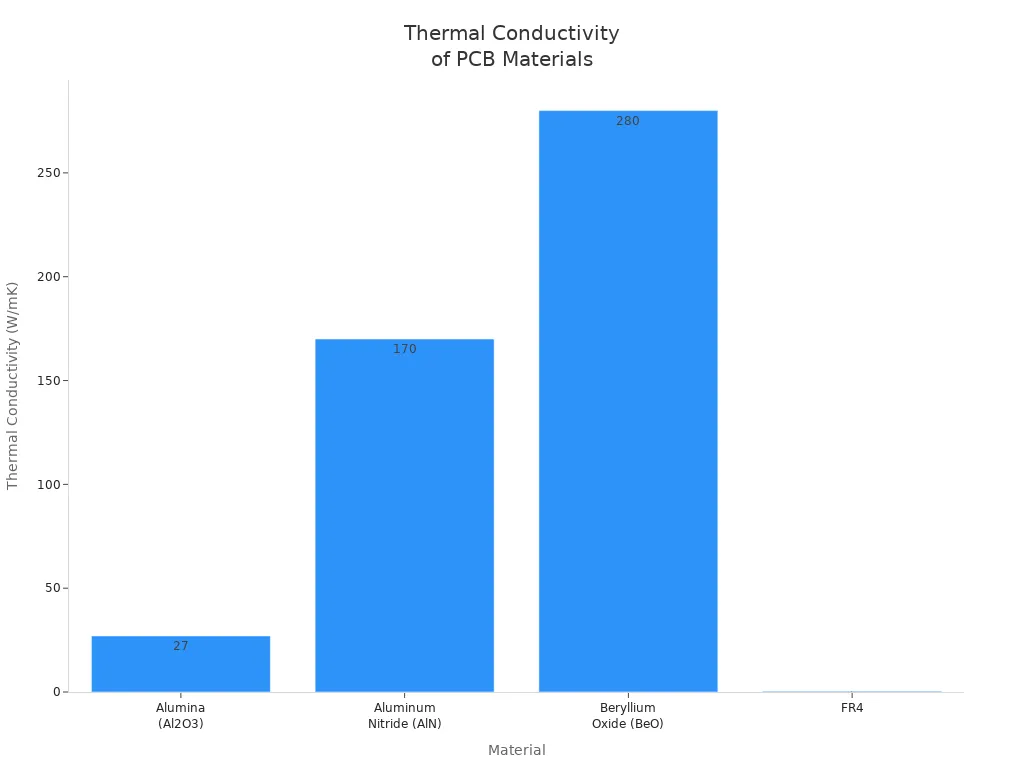
Ceramic substrates like aluminum nitride can reach up to 230 W/mK. This is much higher than FR4, which only gets to about 0.5 W/mK. Because of this, ceramic pcbs spread heat fast and protect sensitive parts. The low coefficient of thermal expansion in ceramic matches silicon chips well. This lowers stress when temperatures change and keeps the multi-layer pcb strong.
Ceramic multilayer pcbs are also very strong. They resist shaking, water, chemicals, and radiation. This makes them perfect for high-power and high-heat places, like car electronics and factory controls. The multi-layer design and ceramic’s natural features help the circuit stay safe even in tough spots.
Aspect | Ceramic Multilayer PCBs | Traditional FR4 PCBs |
|---|---|---|
Thermal Conductivity | High (like Aluminum Nitride, Beryllium Oxide) | Low |
Coefficient of Thermal Expansion (CTE) | Higher (14-17 ppm/°C), more stress when heating and cooling | |
Thermal Cycling Performance | Excellent; stays strong with fast temperature changes | Can break, expand, shrink, and crack |
Mechanical Strength | Very stiff and tough; resists shaking and stress | Medium strength; can crack or peel in hard conditions |
Electrical Properties | Low dielectric loss, steady dielectric constant, great insulation | Higher dielectric loss, changing dielectric constant, not steady at high frequencies |
Environmental Resistance | Handles heat, water, chemicals, and radiation well | Can get damaged by heat, water, chemicals, and radiation |
High-Power Application Suitability | Great for heat and stable in high power | Not good for high power or heat |
High-Frequency Performance | Keeps signals strong and steady at high frequencies | Loses signals and is not steady at high frequencies |
LT CIRCUIT is a leader in making strong ceramic multilayer pcbs. The company checks every layer and via with X-ray and micro-CT imaging. New materials and mixed ways of making boards help LT CIRCUIT build multi-layer pcbs that last longer and work better in high-power uses. These steps make sure every circuit is great at handling heat and works well.
Tip: If you pick ceramic multilayer pcbs for your next project, your devices can work better and stay safe.
Advantages and Applications of Multi-Layer PCBs
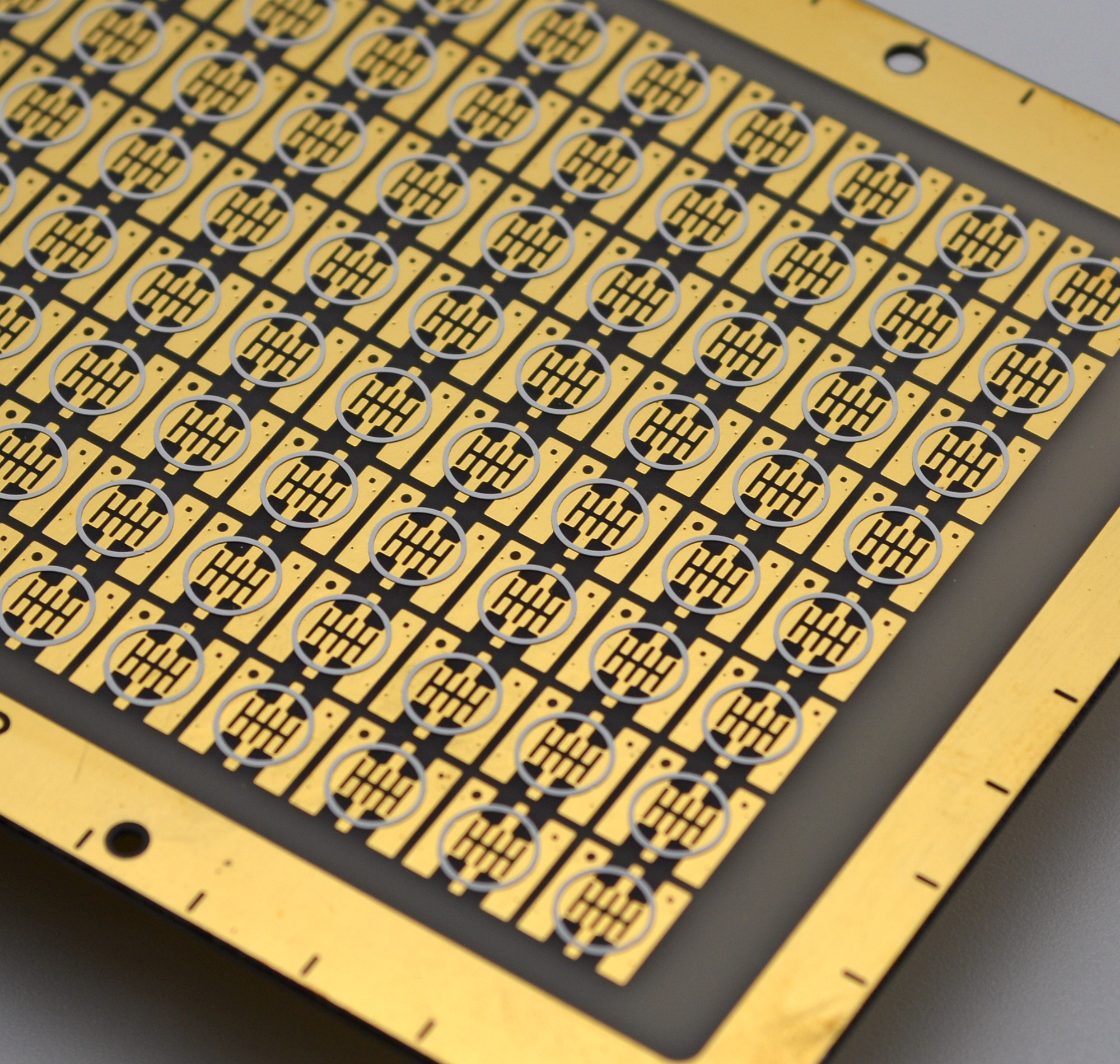
Performance Benefits
Ceramic pcbs are special because they handle heat, electricity, and stress very well. Ceramic materials like aluminum oxide and aluminum nitride move heat much faster than FR4. For example, aluminum nitride can move heat up to 180 W/mK. FR4 only moves heat at about 0.3 W/mK. This means ceramic pcbs keep parts cool in high-power jobs. Ceramic has a low coefficient of thermal expansion. This helps the pcb stay steady when it gets hot or cold. Ceramic also blocks electricity well. This keeps sensitive circuits safe.
Ceramic Multilayer PCB | FR4 PCB | Metal Core PCB (MCPCB) | |
|---|---|---|---|
Thermal Conductivity | High (20-330 W/mK) | Low (~0.3 W/mK) | High |
CTE | Low | Medium | Low |
Mechanical Strength | High, but brittle | Medium | High |
Electrical Insulation | Superior | Moderate | Lower |
Ceramic pcbs keep signals strong even at high frequencies over 10 GHz. They work in places hotter than 150°C and do not change shape under pressure. These things make ceramic pcbs a great pick for tough jobs.
Industry Uses
Many industries use ceramic pcbs for important work. In RF, microwave, and radar systems, ceramic pcbs keep signals clear and control heat well. Aerospace and car companies use ceramic for engine controls and radar. Medical devices need ceramic because it is safe and works in high heat. Factories and power electronics also use ceramic pcbs for their steady heat and electric features.
Some common uses are:
5G communication modules
High-power LED lighting
Power amplifiers
Satellite and radar systems
Medical imaging equipment
Solar panels
Ceramic pcbs help these things work safely and well, even in hard places. LT CIRCUIT makes strong ceramic pcbs for these jobs. This helps new ideas and keeps things working right.
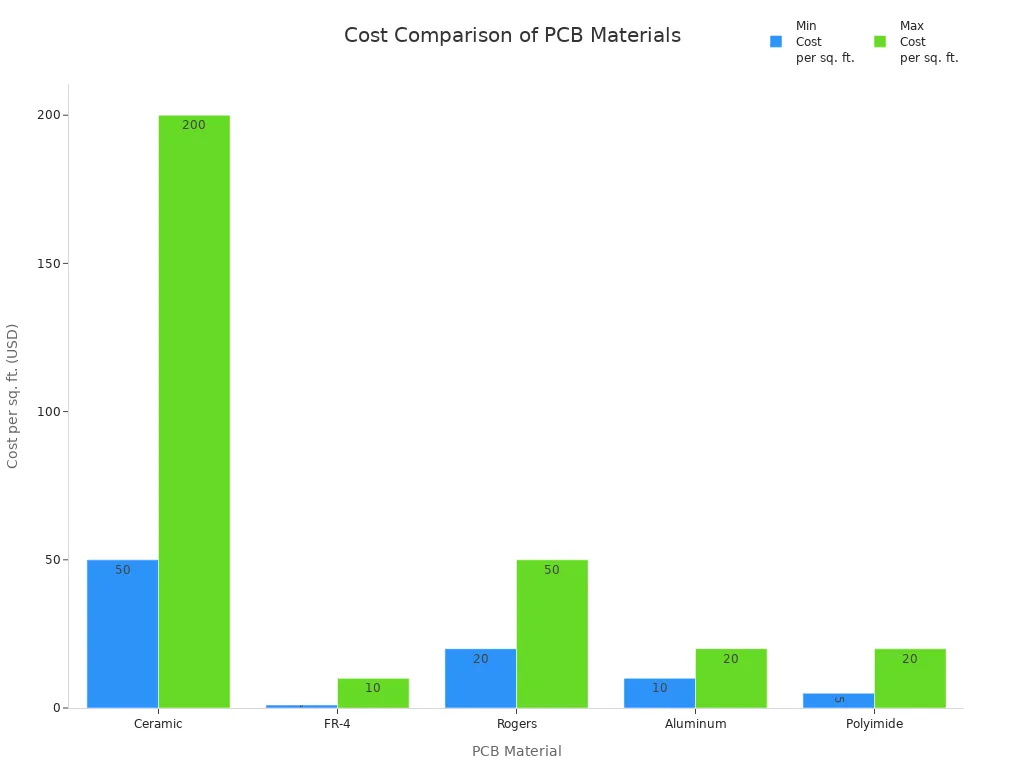
Ceramic pcbs are getting more important as new tech like 5G and IoT need better heat and electric control.
Ceramic multilayer technology helps devices handle heat very well. It also makes them strong and keeps signals steady. Many things use ceramic, like cars, planes, and medical tools. Ceramic can fit into small spaces because it is flexible for design. It also keeps signals clear when working with high frequencies. LT CIRCUIT is a top company for ceramic ideas. Their ceramic solutions work well for all kinds of uses.
FAQ
What makes ceramic multilayer PCBs different from standard PCBs?
Ceramic multilayer PCBs use ceramic to control heat better. They also help signals stay clear. Standard PCBs use FR4, which does not move heat well.
Can ceramic multilayer PCBs be used in high-frequency devices?
Yes. Ceramic multilayer PCBs work in high-frequency devices. They keep signals strong and lower electrical noise.
Why do engineers choose LT CIRCUIT for ceramic multilayer PCBs?
Engineers pick LT CIRCUIT for good quality and strong performance. The company uses strict tests and the best materials for each project.
See Also
A Comprehensive Look At Manufacturing Multilayer Ceramic PCBs
Understanding Multilayer PCBs And Their Role In Electronics
Step-By-Step Explanation Of The Multilayer PCB Manufacturing Process
Comparing Single, Double, And Multilayer PCBs: Key Differences
